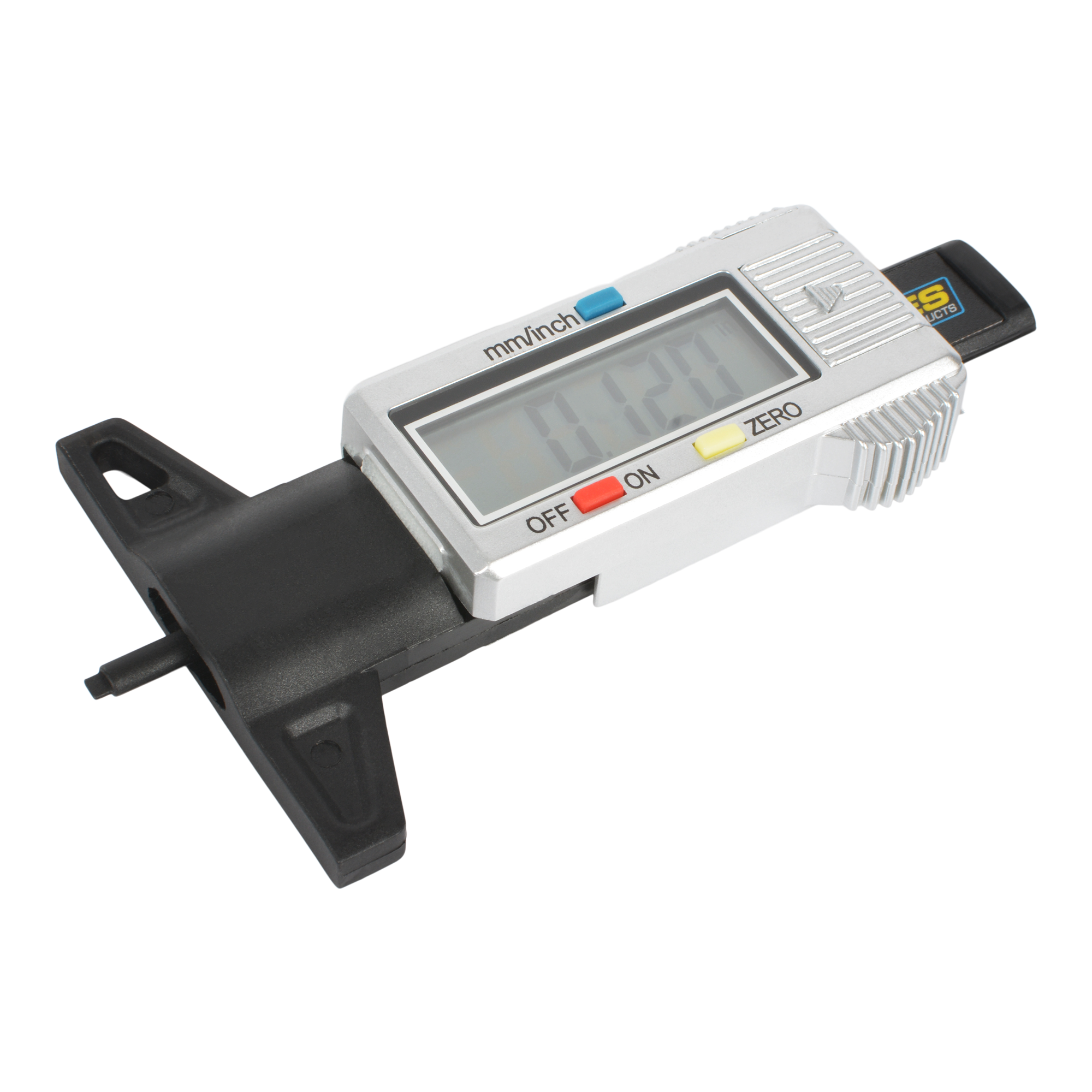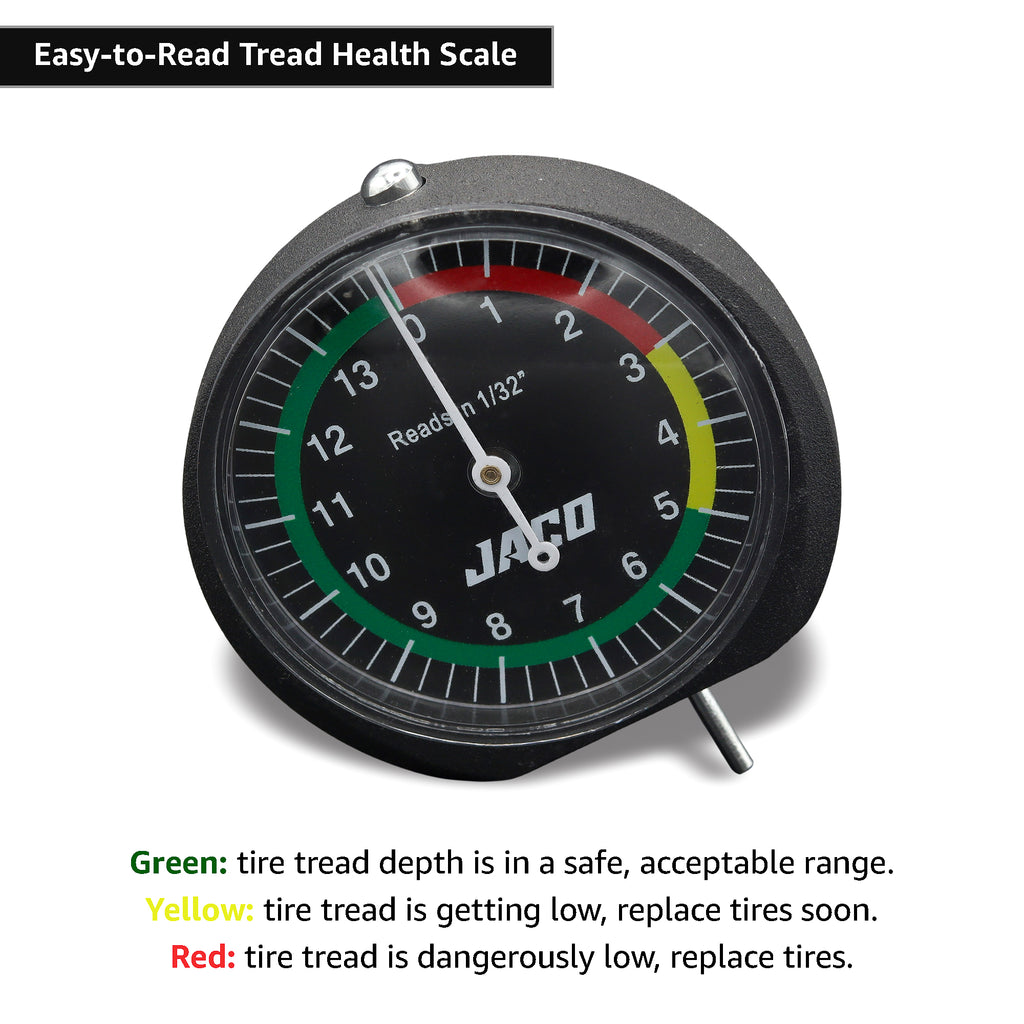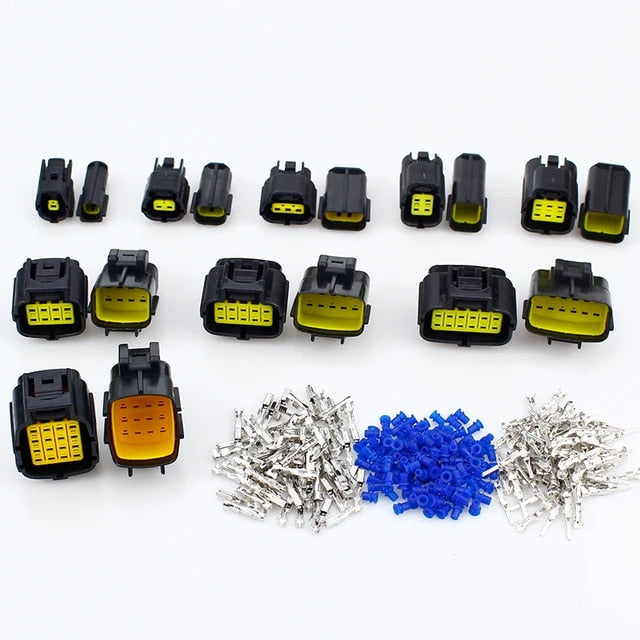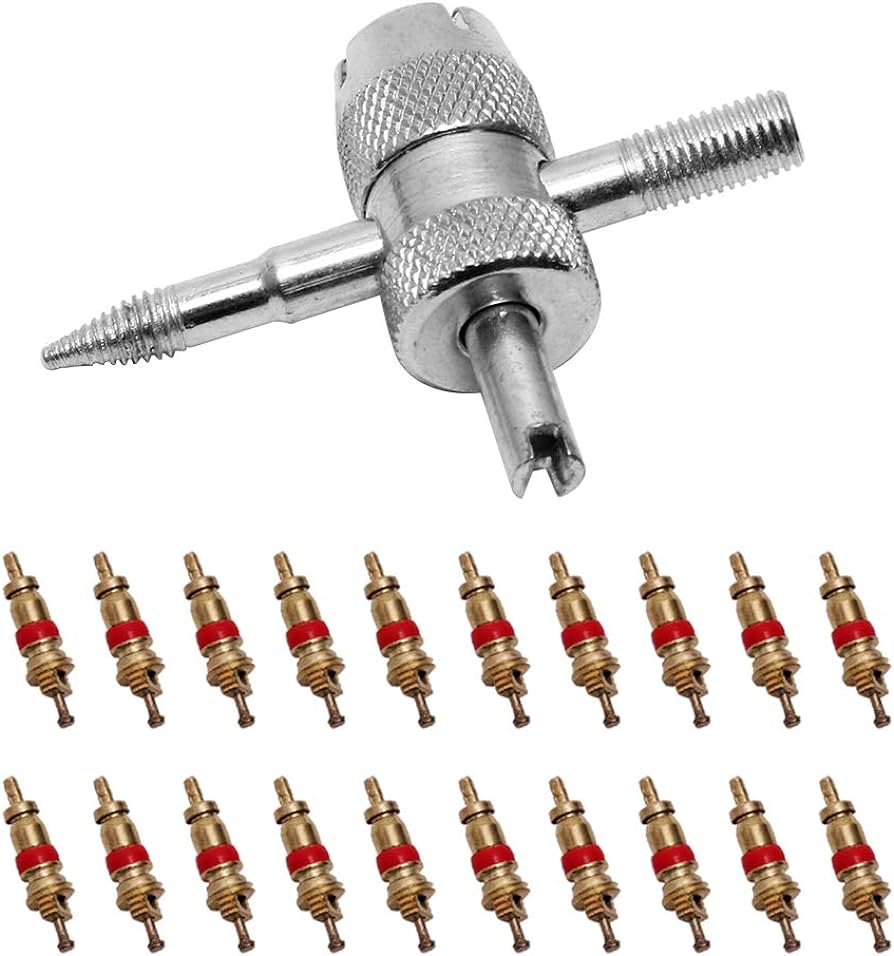Car Tire Tread Depth Gauges Ensuring Your Safety on the Road
Driving a car is an essential part of our daily lives, whether for work, errands, or leisure. However, as much as we rely on our vehicles to get us from point A to point B, sometimes we forget to check crucial components that can affect our safety on the road. One of these components is tire tread depth. Having worn-out tires can significantly impact your vehicle's performance and put you at risk of accidents. This is where a car tire tread depth gauge becomes an essential tool in ensuring your safety on the road.
What is a Car Tire Tread Depth Gauge?

A car tire tread depth gauge is a measuring tool used to determine the depth of tire treads. It allows drivers to check the condition of their tires and ensure they are within the recommended tread depth limit. By using this tool, you can monitor the wear and tear of your tires and determine when it is time for replacement.
How does it work?
A tire tread depth gauge has a simple design, consisting of a probe with a measuring scale or markings. To use it, the probe is inserted into the grooves of the tire tread and pressed down until the base of the gauge touches the tire surface. The measurement is then read from the markings on the probe, giving you an accurate reading of the tread depth.
Why is it essential to have one?
Having a car tire tread depth gauge is crucial for maintaining your car's safety and performance. Worn-out tires with insufficient tread depth can compromise your vehicle's braking distance, handling, and traction on wet roads. It also increases the risk of hydroplaning, which occurs when your tires cannot grip the road surface due to excessive water buildup. By regularly checking your tire tread depth, you can prevent these potential risks and ensure your safety on the road.
Types of Car Tire Tread Depth Gauges

There are various types of car tire tread depth gauges available in the market, each with its advantages and limitations. Here are the most commonly used ones:
Manual Probe Gauge
This is the most basic and affordable type of tread depth gauge. It has a simple design consisting of a probe with markings that measure the depth of the tire treads. However, it requires manual interpretation and can be less accurate than other types.
Digital Tread Depth Gauge
A digital tread depth gauge works similarly to a manual probe gauge, but it has an electronic sensor that gives a precise digital reading. It is more expensive than a manual probe gauge but provides more accurate results and is easier to use.
Dial Indicator Gauge
This type of gauge is often used by professionals as it provides a digital reading with high precision. It has a dial indicator that measures the depth and displays the results on a dial scale. It is more expensive than other types, but it is durable and provides accurate readings.
How to Use a Car Tire Tread Depth Gauge
.jpg?1687381972)
Using a car tire tread depth gauge is a simple process that can be done by anyone. Here's how you can use it:
- Make sure your car is parked on a level surface and the tires are cool.
- Locate the wear indicators or tread wear bars on your tires. These are small rubber bars that run perpendicular to the tread grooves and indicate when it's time to replace your tires.
- Take the tread depth gauge and insert the probe into the main grooves of the tire tread.
- Press down on the gauge until the base touches the tire surface.
- Read the measurement from the markings on the probe. If the measurement is close to or below the wear indicators, it's time to replace your tires.
Tips for Maintaining Proper Tire Tread Depth

Regularly checking and maintaining proper tire tread depth is vital for your safety on the road. Here are some tips to keep in mind:
- Check your tire tread depth at least once a month.
- Pay attention to any vibrations or unusual noises while driving, as they can be signs of tire wear.
- Rotate your tires every 6,000 miles to ensure even wear and prolong their lifespan.
- Keep an eye on your tire pressure and make sure it is within the recommended range.
Tire Tread Depth by State: What You Need to Know

Did you know that some states have laws regulating minimum tire tread depth? This is because proper tire tread depth is crucial for ensuring safe driving conditions. Here is a table showing the minimum tread depth requirements by state:
| State | Minimum Required Tire Tread Depth |
|---|---|
| Alabama | 2/32 inch |
| Alaska | 2/32 inch |
| Arizona | 2/32 inch |
| Arkansas | 2/32 inch |
| California | 2/32 inch |
| Colorado | 2/32 inch |
| Connecticut | 2/32 inch |
| Delaware | 3/32 inch |
| Florida | 2/32 inch |
| Georgia | 2/32 inch |
| Hawaii | 1/32 inch |
| Idaho | 1/32 inch |
| Illinois | 2/32 inch |
| Indiana | 2/32 inch |
| Iowa | 2/32 inch |
| Kansas | 4/32 inch |
| Kentucky | 2/32 inch |
| Louisiana | 2/32 inch |
| Maine | 2/32 inch |
| Maryland | 2/32 inch |
| Massachusetts | 2/32 inch |
| Michigan | 1/16 inch |
| Minnesota | 2/32 inch |
| Mississippi | 2/32 inch |
| Missouri | 2/32 inch |
| Montana | 2/32 inch |
| Nebraska | 2/32 inch |
| Nevada | 1/32 inch |
| New Hampshire | 2/32 inch |
| New Jersey | 2/32 inch |
| New Mexico | 2/32 inch |
| New York | 2/32 inch |
| North Carolina | 2/32 inch |
| North Dakota | 4/32 inch |
| Ohio | 2/32 inch |
| Oklahoma | 2/32 inch |
| Oregon | 2/32 inch |
| Pennsylvania | 2/32 inch |
| Rhode Island | 2/32 inch |
| South Carolina | 2/32 inch |
| South Dakota | 2/32 inch |
| Tennessee | 2/32 inch |
| Texas | 2/32 inch |
| Utah | 2/32 inch |
| Vermont | 2/32 inch |
| Virginia | 2/32 inch |
| Washington | 2/32 inch |
| West Virginia | 2/32 inch |
| Wisconsin | 2/32 inch |
| Wyoming | 1/16 inch |
It's important to note that these are the minimum requirements, and it is recommended to replace your tires before they reach this limit for optimal safety on the road.
FAQs about Car Tire Tread Depth Gauges

What is the recommended tire tread depth?
The general recommendation is to replace your tires when the tread depth reaches 2/32 inch. However, some experts suggest replacing them at 4/32 inch for better traction and performance.
Can I use a penny instead of a tire tread depth gauge?
Yes, you can use a penny to measure your tire tread depth. Insert the penny into the grooves with Lincoln's head facing down. If you can see the top of Lincoln's head, your tread depth is below 2/32 inch and needs to be replaced.
How often should I check my tire tread depth?
It is recommended to check your tire tread depth at least once a month or before embarking on a long road trip.
Can I use a car tire tread depth gauge for other types of tires?
Yes, a car tire tread depth gauge can be used for other types of tires, such as truck and motorcycle tires.
Is it necessary to have a professional check my tire tread depth?
While you can easily check your tire tread depth on your own, it is recommended to have a professional inspection regularly to ensure accurate readings and proper maintenance.
Conclusion

Having proper tire tread depth is crucial for safe driving. A car tire tread depth gauge is an essential tool in ensuring your tires are within the recommended limit and replacing them when necessary. By regularly checking your tire tread depth and maintaining it, you can ensure optimal performance and safety on the road for both yourself and others. Invest in a good quality tire tread depth gauge and make it a habit to check your tires regularly for a worry-free driving experience.



